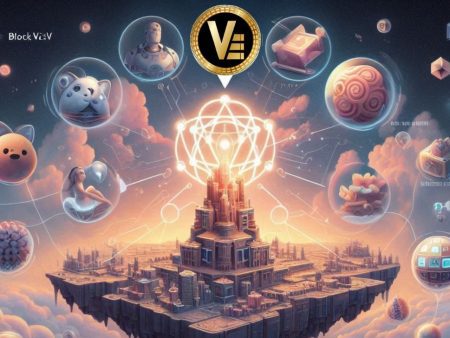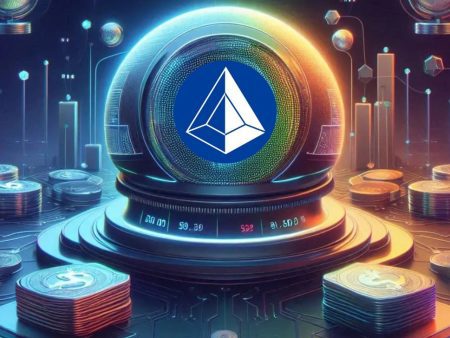Fractionalized NFTs, with their ability to democratize ownership and enhance liquidity, are gaining widespread attention. You might be wondering how they work and why they matter. The following article from TopCoin9 will ensure you gain a deeper understanding of this innovative concept.
What Are Fractionalized NFTs?
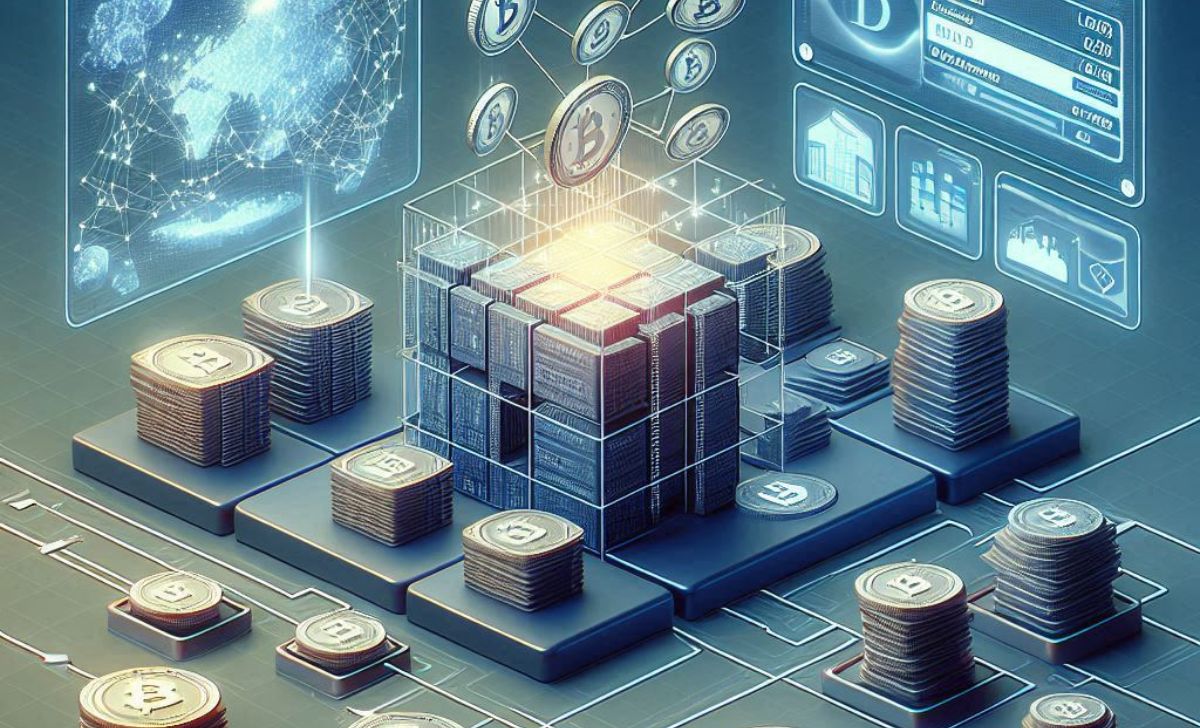
Traditionally, NFTs are unique and indivisible, meaning only one person can own them. However, fractionalized NFTs challenge this notion by introducing shared ownership. Instead of a single holder, multiple investors can each own a fraction of an NFT, making digital collectibles more accessible and liquid.
For instance, a rare digital artwork or virtual real estate property can be broken down into smaller, tradable shares. This not only democratizes access but also creates a dynamic marketplace. This new ownership model also depends heavily on accurate NFT metadata, which defines the uniqueness and rarity of each fractionalized asset.
So, how does this process work in practice? Let’s break it down step by step.
How Do Fractionalized NFTs Work?
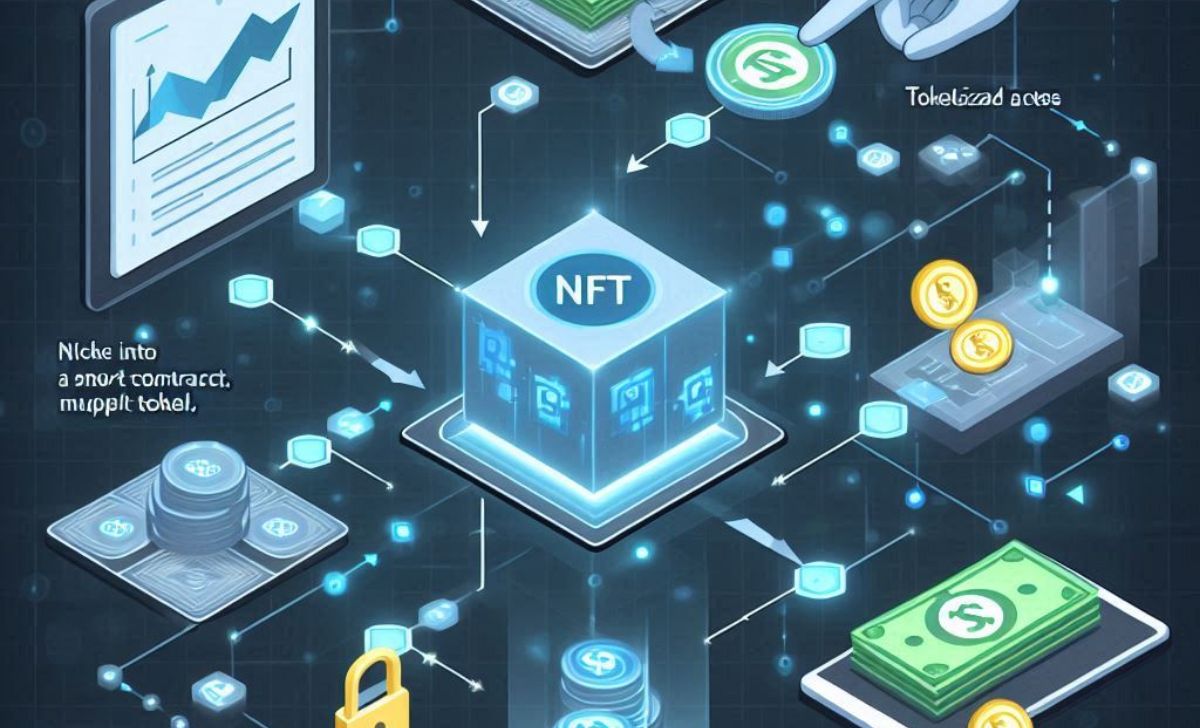
Fractionalized NFTs operate using blockchain technology and smart contracts. Here’s a step-by-step look at how fractional NFTs work:
- Locking the NFT – The original NFT is placed into a smart contract.
- Creating Fractions – The contract generates ERC-20 tokens, each representing a fraction of the NFT.
- Distribution – These tokens are sold or distributed to multiple investors, enabling NFT ownership sharing.
- Trading & Liquidity – Token holders can trade their shares on secondary markets, increasing liquidity.
- Reclaiming Full Ownership – If one investor acquires all the fractional tokens, they can redeem the full NFT.
By splitting high-value assets into affordable shares, fractionalized NFTs redefine how digital ownership works. But why does this matter, and what impact does it have on the NFT market?
Why Do Fractionalized NFTs Matter?

The rise of fractionalized NFTs is reshaping the NFT ecosystem in several key ways:
- Lowering Entry Barriers – Investors who couldn’t afford expensive NFTs can now buy a fraction instead.
- Boosting Liquidity – Instead of struggling to sell an entire NFT, owners can sell parts of it, making transactions faster.
- Expanding Market Participation – More people can now engage with high-value digital assets, fostering a more inclusive NFT space.
This concept also opens new opportunities for NFT staking, where holders of fractional tokens might earn passive income by locking their shares into DeFi protocols—further increasing their asset’s utility.
With such significant advantages, it’s easy to see why fractionalized NFTs are gaining momentum. However, they also introduce new challenges that investors need to consider.
Challenges and Risks of Fractionalized NFTs
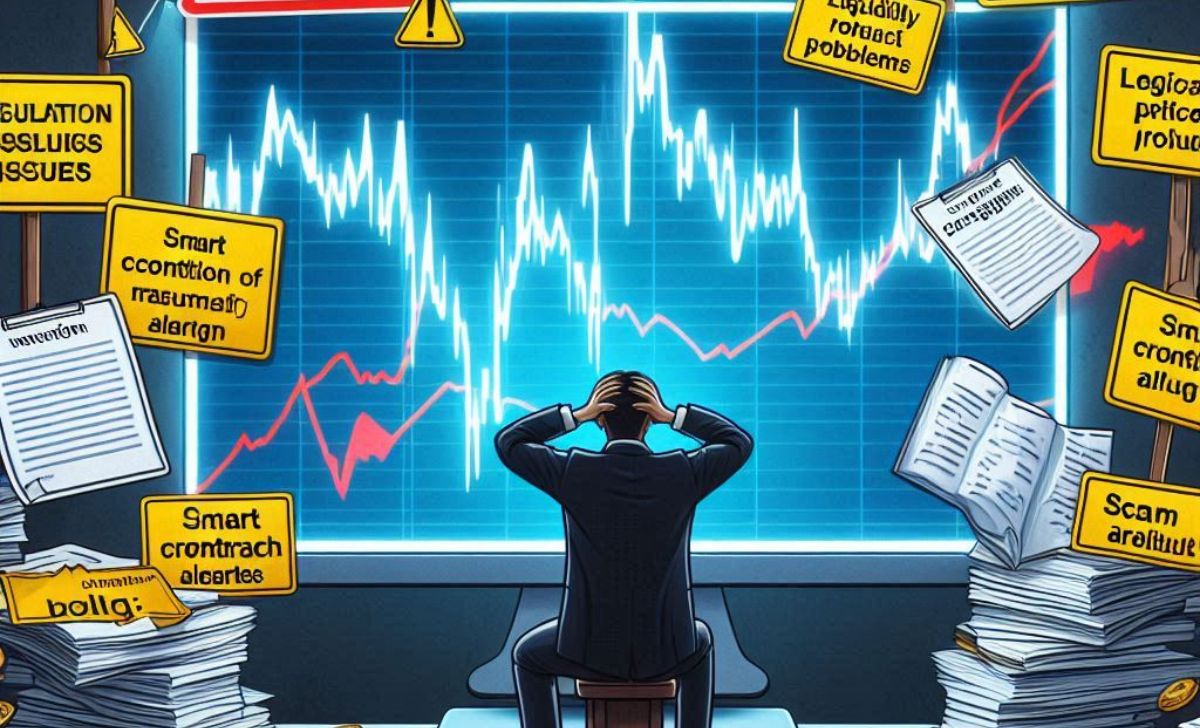
Despite their promise, fractionalized NFTs come with risks that shouldn’t be overlooked:
- Regulatory Uncertainty – Some governments may classify fractional NFTs as securities, leading to potential legal hurdles.
- Governance Complexities – Shared ownership means decision-making could become complicated if token holders disagree.
- Market Fluctuations – Like all digital assets, fractional NFTs are subject to volatility, affecting liquidity and value.
Understanding these risks is crucial before investing. Moreover, fractional ownership can also affect how assets are promoted or traded. In this context, effective NFT marketing strategies are essential to attract a broader range of co-owners and potential buyers. In the next section, we will explore the future of fractionalized NFTs.
The Future of Fractionalized NFTs
As the NFT space matures, fractionalized NFTs are expected to play a bigger role in digital asset ownership. We can anticipate:
- Integration with More Platforms – As the demand for NFT ownership sharing grows, more marketplaces will support fractionalized assets.
- Expansion Beyond Art – While currently popular in digital art, fractional NFTs could extend to gaming, real estate, and intellectual property.
- Better Governance Solutions – Decentralized mechanisms could be developed to help fractional owners make collective decisions more efficiently.
Fractionalized NFTs are revolutionizing digital ownership, making valuable assets more accessible and liquid. As this trend continues to grow, understanding its mechanics and implications is crucial for investors and collectors alike. Visit TopCoin9 to explore more in-depth knowledge about NFTs and stay ahead in the evolving digital economy!

As a certified blockchain security expert with over 8 years in cybersecurity, James Anderson specializes in auditing smart contracts and identifying vulnerabilities in DeFi protocols. His expertise ensures that TopCoin9 delivers reliable insights on blockchain security and risk management.
Email: [email protected]
